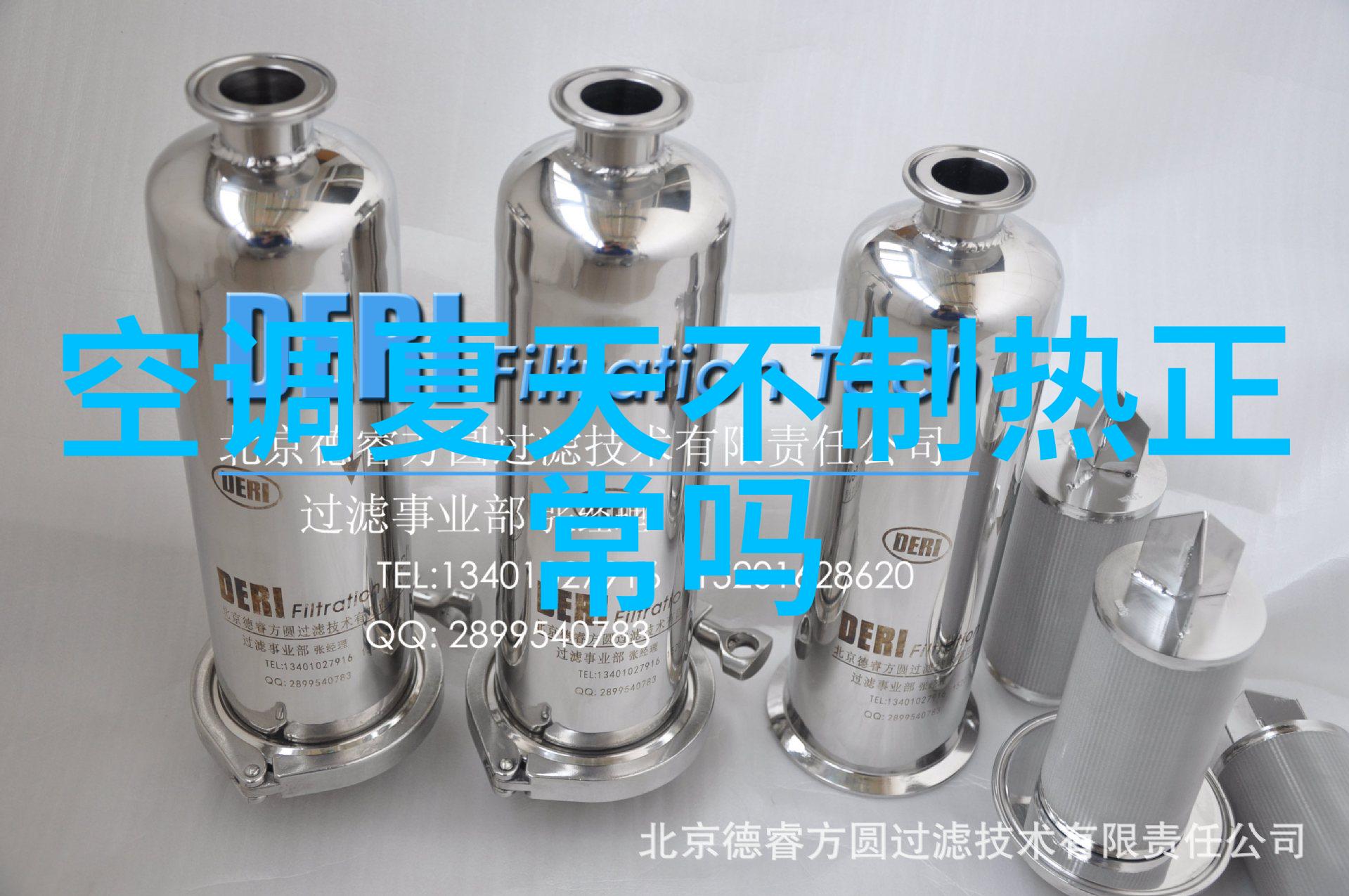Decoupling Capacitors: Understanding and Selecting the Right Ones for Your Circuit

Decoupling capacitors, also known as bypass capacitors or coupling capacitors, are a crucial component in electronic circuits. They play a vital role in filtering out noise and ensuring that the circuit operates smoothly. In this article, we will explore the different types of decoupling capacitors available, their applications, and how to select the right ones for your specific circuit needs.
What is a Decoupling Capacitor?

A decoupling capacitor is designed to block high-frequency signals while allowing low-frequency signals to pass through. This allows it to separate power supply noise from signal paths in an electronic system.
Types of Decoupling Capacitors

There are several types of decoupling capacitors available:
Ceramic Capacitor: These are made from ceramic materials such as barium titanate (BaTiO3) or lead zirconate titanate (PZT). They have excellent temperature stability and can be used across a wide range of frequencies.
Electrolytic Capacitor: These use an electrolyte solution inside them to increase capacitance values at lower voltages than other types of capacitors.

Film Capacitor: These are made using thin layers of plastic film coated with metal electrodes on both sides.
Mica Capacitor: Made from mica material sandwiched between two metal plates.

Applications
Decoupling capacitors have many applications:
Power Supply Filtering: Decouple power supply lines by connecting them directly across voltage regulators or switching regulators.
Signal Integrity Improvement: Use decouples near switches or connectors where high-frequency signals may couple into sensitive parts of the circuit.
Noise Reduction: Place decouples close to noisy components like switching power supplies or microcontrollers.
Case Studies
Example 1: A high-speed digital design has multiple clock domains that need proper isolation between each domain's power rails for minimizing interference effects due mainly caused by impedance mismatches among various components involved within these domains including traces on PCBs themselves; thus employing appropriate selection criteria based upon overall desired performance characteristics during designing process ensures best possible outcome when integrated together effectively throughout entire system without compromising its functionality nor reliability levels expected from such type projects generally speaking if done correctly under given constraints provided here which include but not limited only too factors mentioned earlier – i.e., preventing unwanted EMI/RFI radiations generated either internally due internal sources within electronics itself (e.g., ICs), external environmental influences surrounding area around where they reside physically located inside respective enclosures etcetera…



